| Back to Back Issues Page |
 |
|
First Pearls Found in t. Gigantea? January 04, 2016 |
| Hi, Historic drilled Venezuelan pearls have been found. Pearls have been a valued commodity for the human species throughout evolution. As long as humans had access to mollusks, those were used in many different ways. From aborigines in Australia to the Pacific islands, all the way to the American continent, pearls and their shells were used as ornaments, tools, utensils, for ceremonies, basically for anything. It was with the arrival of the Spanish Conquistadores on the American continent, specifically upon the arrival of Christopher Columbus on his third voyage, in August 1498, when he disembarked on the Island of Cubagua, in the Northern coast of Venezuela, in the Caribbean, that the course of History changed rapidly and forever. As their ship approached the coast of Cubagua, a group of small vessels with natives called the Caribans, came with offerings such as fruits and vegetables and a clay jar filled with about 6 marks ( 1.4 kilos) of pearls, that were offered to Columbus and his crew. 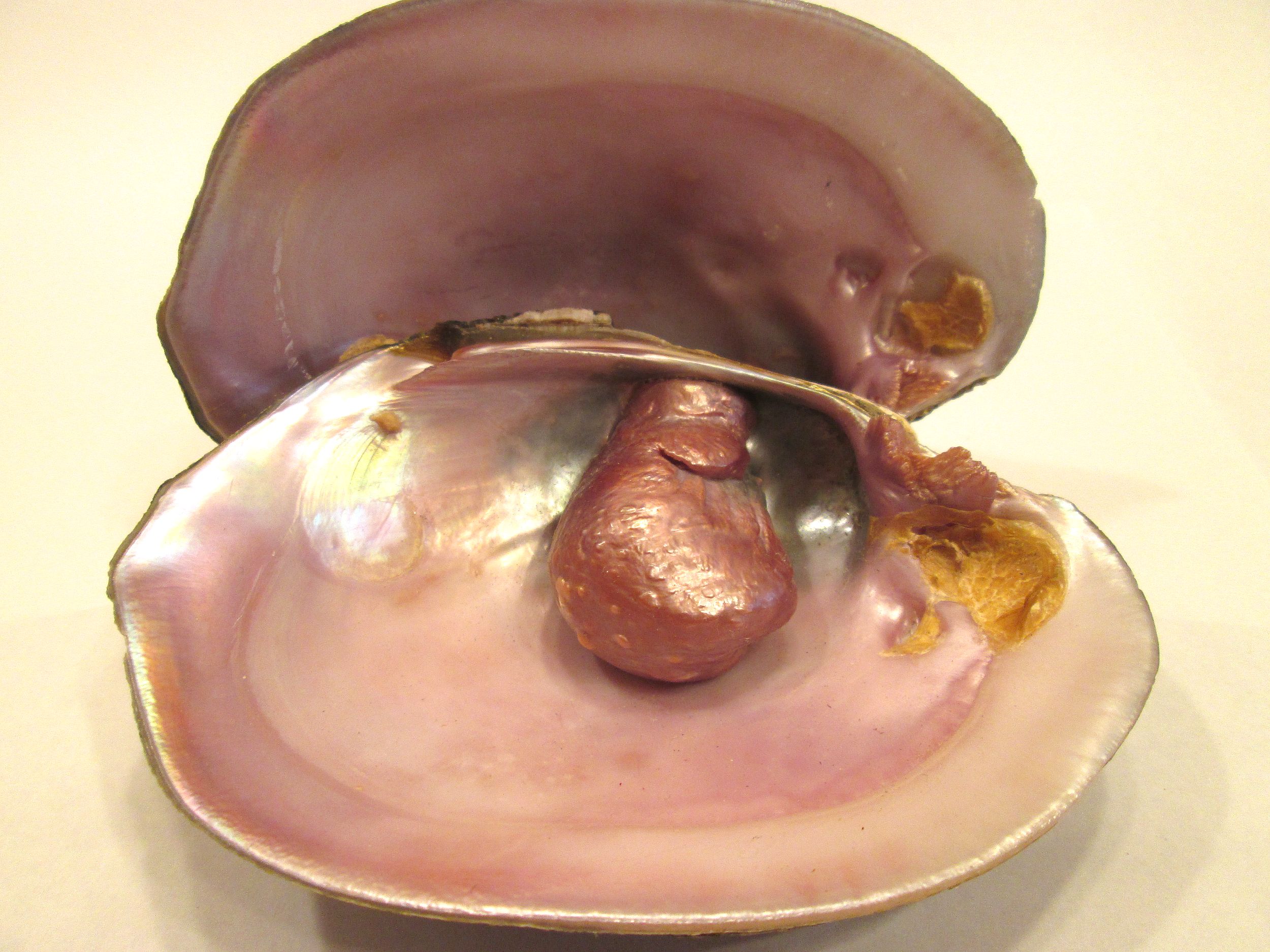
The perforations that can be observed are concave. This was accomplished by drilling holes from both sides in a specific angle. In these pictures, we can also observe the different layers of nacre. Necklaces, hand and ankle bracelets were common expressions of beauty, made of pearls, together with other natural materials, such as shells, conch, bones and horns. They also had elaborate tools to create their artwork and both, men and women were displaying a wide variety of ornaments. Oysters, conch, lake and river mollusks were all used in different ways. 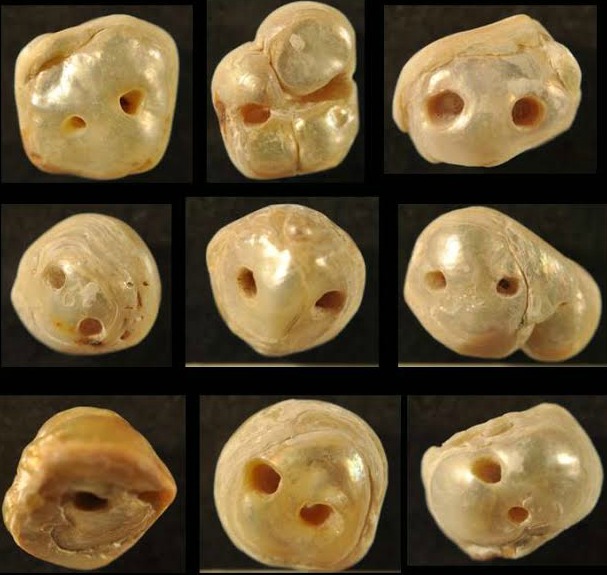 Social status within the community was established by rarity, color, quantity and design of their body apparel. PEARL TRADEThe richest pearl-oyster bed areas were east of Cubagua and Coche, east and southeast of Margarita and northwest of the Araya peninsula. This section of the coast line was soon to be known as La Costa de las Perlas (The Pearl Coast), so named by Luis Guerra in a letter to Alvaro de Portugal, dated September 1500. In 1502 Luis Guerra and his brother Cristobal, returned to Spain with 44.16 kilos of pearls, some as large as hazelnuts. This was the first profitable voyage to the West Indies. 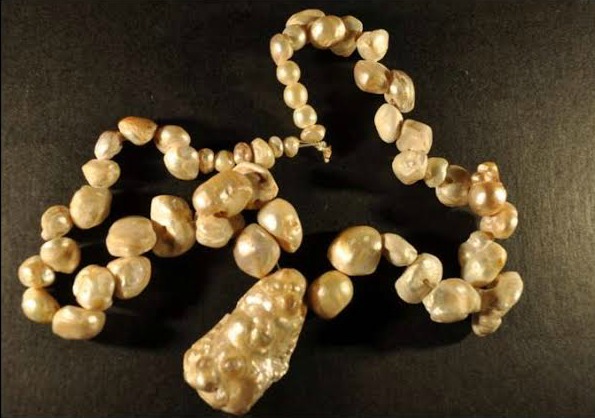 The large scale pearl exploitation on Cubagua happened between 1508 and 1520. Spaniards had to introduce slaves from other islands and areas such as the Bahamas and Africa to keep up with the demand of the Royal Crown. Each boat had six divers in pairs, one would dive and the other would pull on the rope attached to the diver. Diving and harvesting lasted from Sunrise to Sunset. By 1527 there were 223 European and 700 natives in Cubagua and just 10 years later, by 1537, all of the oyster beds had been depleted and the city of Nueva Cadiz was destroyed. In 1541 a major hurricane hit the Island and with that the end of an era arrived. 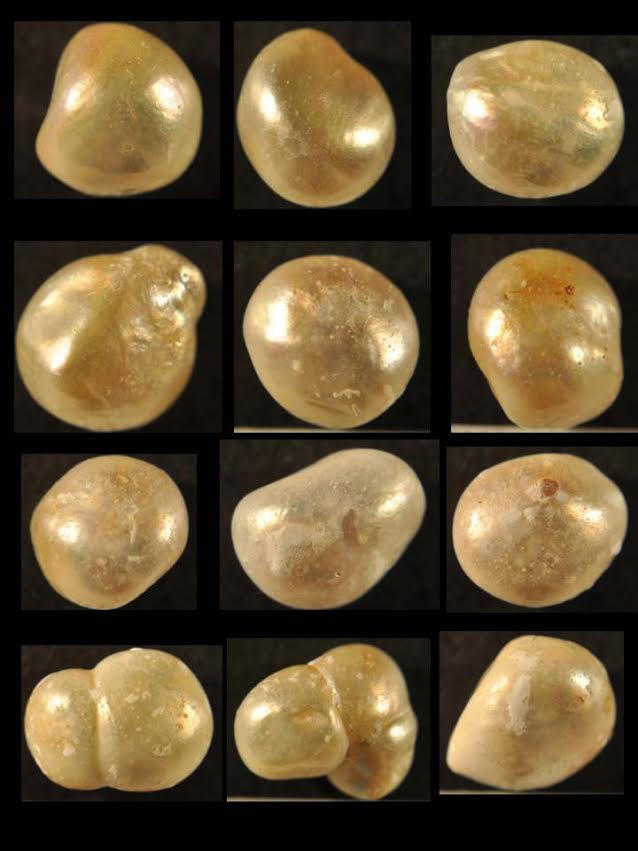 During the era of King Philip II of Spain (1527-1598), also called the “Golden Age”, the pearl trade in other areas, such Margarita island, was at it’s peak. Pearls were distinguished by their size, weight, luster and shape and a variety of colors. They would be as small as a mustard seed or as large as a pigeon egg. They were weighed in carats and classified by type (there have been 35 types and 8 classes recorded). Pearls were used as currency and even the high ranking officers of the Royal Army received their payments in pearls called “Cadenilla”. Other types of pearls called “Avemaria”, were used for religious purposes, for example for the creation of rosaries. “Pedreria” pearls had a higher value due to their characteristics and they were used for jewelry. The value of a pearl could be exponentially higher if another identical pearl would be added and they were offered as a pair. Initially the King levied a tax of 50% on all the pearl trade, which was later lowered to 20%, also called “A Fifth”. MASS EXTINCTIONThe most conservative calculation yields that 200 to 300 oysters are needed to produce one carat of pearl. The pearls rarely exceeded 20 grains (1gm) and they weighed mostly 2, 3, 4 or 5 carats (0.4, 0.6, 0.8 and 1 gm, respectively). For the most conservative number of 200 oysters per carat of pearl, 11,236,350,000 oysters would have to been extracted to yield 56,631,750 carats of gross pearl production. The actual number of oysters harvested can be at least doubled, if we assume that, as documentation indicates, less than half of the actual production was declared. In other words, we can assume that over 10 billion oysters were extracted in less than 30 years. 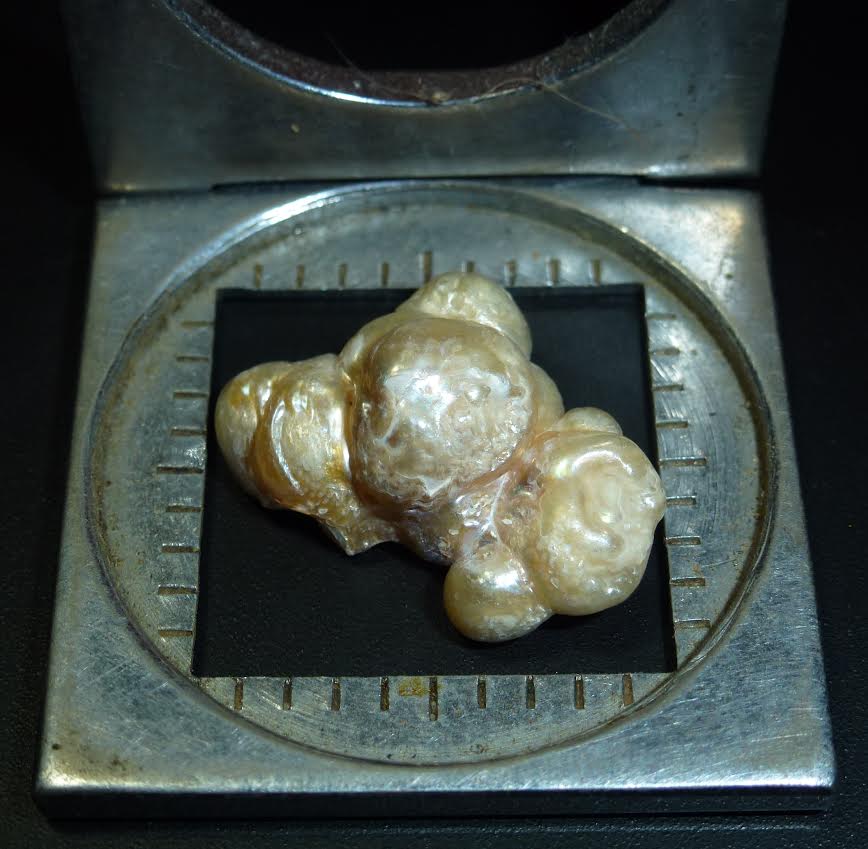 These pearls have been certified by the Gemological Institute of America (GIA) in New York and they have also been carbon tested for age by the University of Arizona. The results are astounding: The pearls are natural saltwater pearls, probably from the common Atlantic oyster, Pinctata Imbricata or from Pteria Colymbus and there is a 95% chance that they are from between 1455 AD and 1615 AD and a 68% chance that they are from between 1472 AD to 1537 AD. Knowing that Columbus arrived in this area in 1498, it is safe to assume that some of the pearls are from before the arrival of the Conquistadores. The only other treasure of pearls ever found on the American continent, was by Mel Fisher off the coast of Key West in Florida, where he recovered a large amount of pearls from two ships that sank in 1622 during a Hurricane, The Santa Margarita and The Antocha. None of the pearls recovered from the shipwrecks had perforations and they are 390 years old, compared to this pearls that are between 400 and 560 years old making these even older pearls. EPILOGUEComparing these pearls to modern cultured pearls is almost like comparing a T Rex to a Labrador Retriever, both are mammals and beautiful to look at, but one is already extinct and the other is a creation of human engineering. Natural historic salt water pearls are much rarer than gold, emeralds, diamonds or any other mineral or gem. 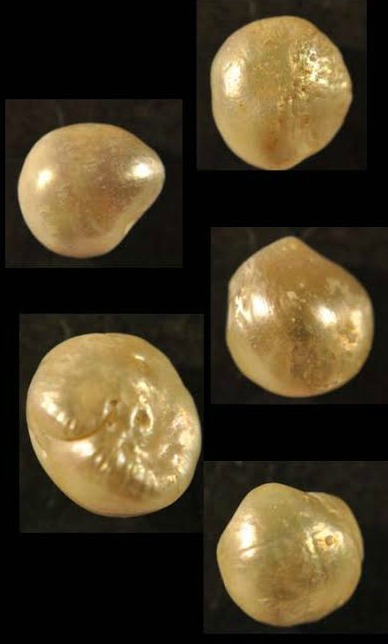 There is not just a gemological value to this pearls, but even more important a historical value. The fact that human beings over 500 years ago had the agility and dexterity, not only to find the oysters and harvest their pearls, but also to perforate them without the context of modern tools and to wear them as ornaments, is truly amazing. With the arrival of the European, those ornaments turned into currency and jewelry, creating a new economical era. 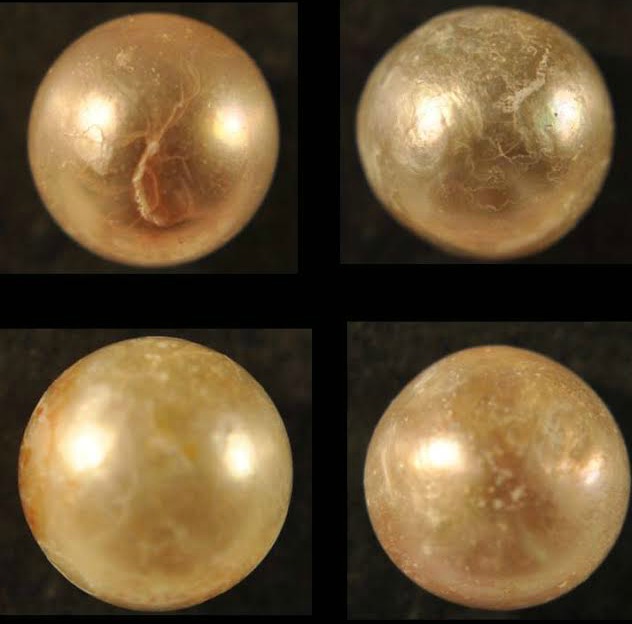 This is a sample of history and evolution; it is the story of nature and the context of our ancestors, from Europe and America. Due to pollution, contamination and ocean acidification, pearls like these will not be back, ever, regardless of how hard we try to emulate our past. Let us not forget where our roots lie. A CIVILIZATION THAT FORGETS ITS PAST HAS NO FUTURE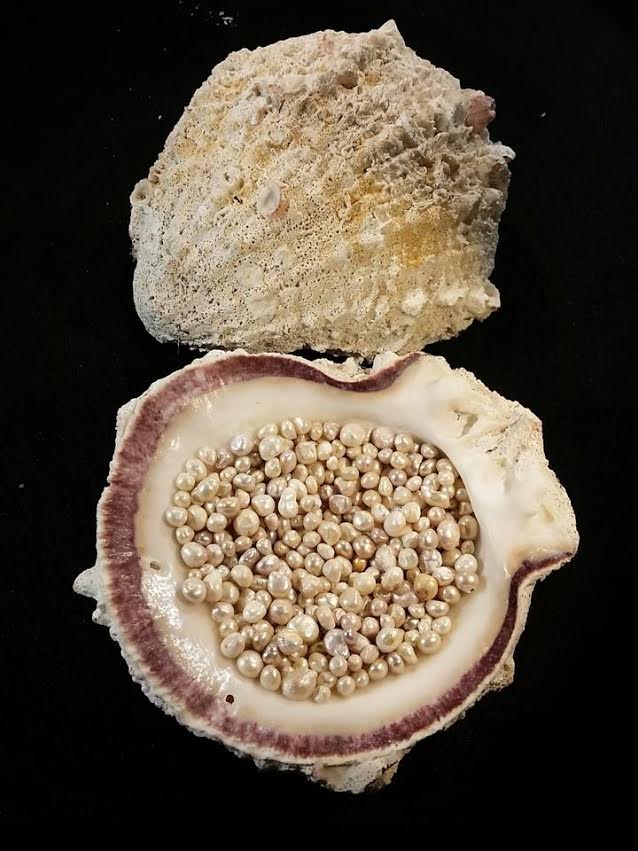 Article by and owner of pearls - Peter Balogh Prehistoric Foundation LLC 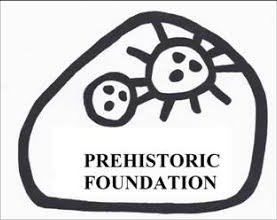 prehistoricfoundation@gmail.com Sources: Cubaguas Pearl-Oyster beds by A. Romero, S. Chilbert & M.G. Eisenhart, Comercio de Espana con America en la Epoca de Felipe II by Eufemio Lorenzo Sanz
|
| Back to Back Issues Page |